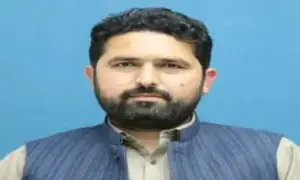BrainBridge comes up with world’s first head transplant system
The neuroscience and biomedical engineering startup, BrainBridge, has unveiled its plans to construct a new head transplant system.
The company will perform the first procedure within a decade, according to its website.
The main process for this operation will be brain-dead donors; however, the patient should have memories, cognitive capabilities, and consciousness.
Scientists believe that this would support patients with conditions such as paralysis, certain cancers, and Alzheimer’s with Parkinson’s.
On May 21, Yemeni molecular biologist and science communicator Hashem Al-Ghaili posted on his Instagram about this new technology, saying: “Today I’m thrilled to announce BrainBridge, the world’s first concept for a head transplant system.”
He elaborated on the new technology that would connect “advanced robotics and artificial intelligence to execute complete head and face transplantation procedures.”
Al-Ghaili expresses hope that this new technology will provide life to people with untreatable conditions.
Bainbridge is deciding to use high-speed robotic systems to prevent brain cell degradation and seamlessly integrate a transplanted head with a donor body.
Real-time molecular imaging and advanced AI will guide the precise reconnection of the spinal cord, nerves, and blood vessels.
The company’s integrated robotics platform includes two autonomous surgical robots that can perform simultaneous surgeries on two bodies in a single setup.
BrainBridge will use a proprietary chemical adhesive, polyethylene glycol, to help reconnect severed neurons.
A specialised spinal implant will promote neuron repair and enable the patient’s brain to form new neural connections with the new body.
Patients will be equipped with a BCI-enabled BrainBridge Headband, allowing them to communicate their needs during the recovery process.
Read more
For the latest news, follow us on Twitter @Aaj_Urdu. We are also on Facebook, Instagram and YouTube.























Comments are closed on this story.